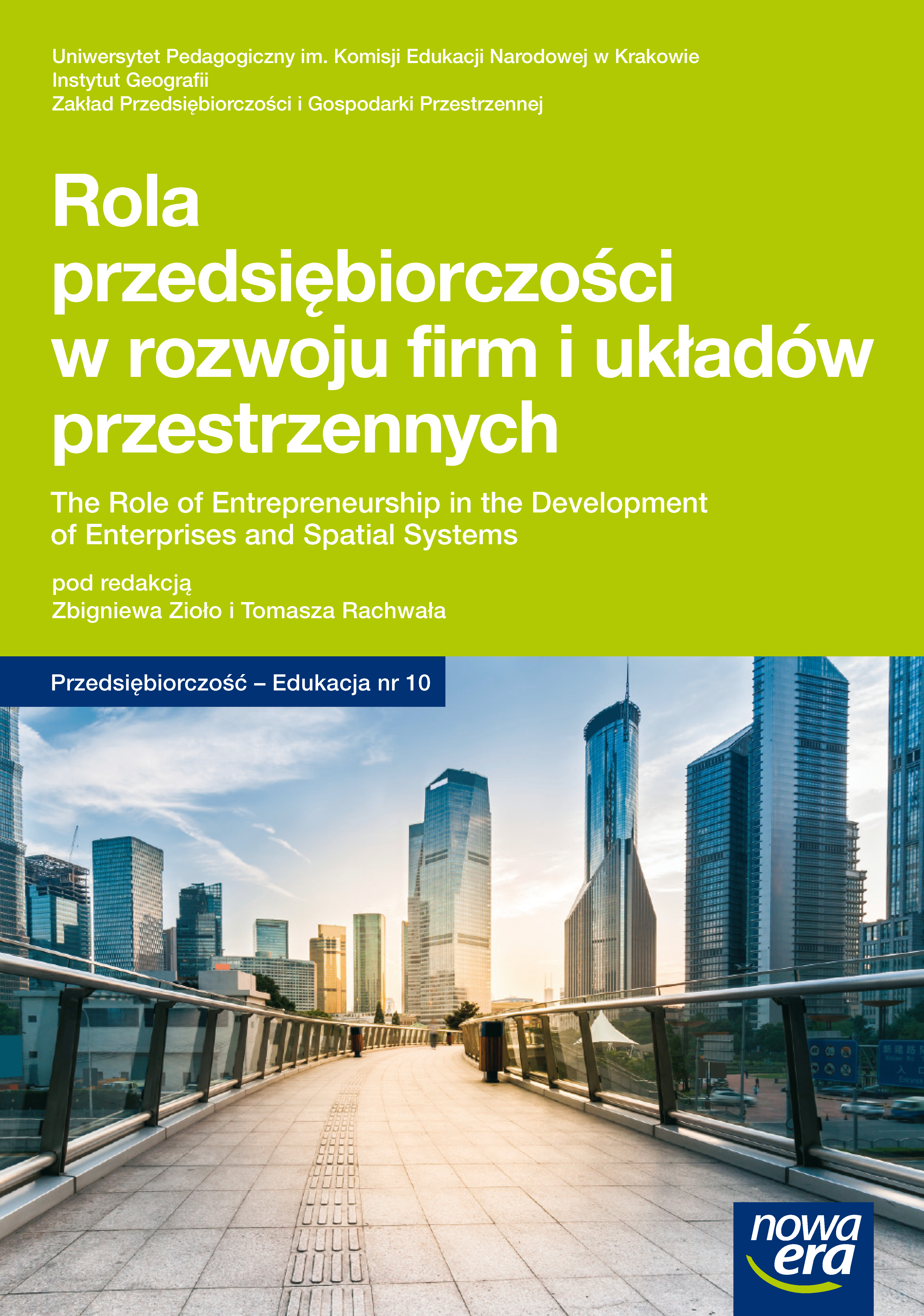Market potential and distribution process of microwave autoclave (on example of Poland)
DOI:
https://doi.org/10.24917/20833296.10.8Keywords:
microwave autoclave, market potential, direct sale, microwave technologyAbstract
The purpose of this paper is to analyse the market potential of Poland and possible distribution channels from the point of view of introducing an innovative product, namely a microwave autoclave used for liquid sterilizing (in particular microbiological culture media). In a microwave autoclave liquid media sterilization occurs through thermal bonding. All effects associated with thermal sterilization are of the same nature as in a steam autoclave, i.e. the temperature acts solely as sterilizing agent. However, unlike a steam autoclave, in a microwave autoclave the energy originates from microwaves, therefore sterilized medium is heated to the sterilizing temperature of 135°C very fast, in ca. 2.5-3.5 minutes, depending on the volume and evenly throughout the entire mass. The study addresses issues such as the size and value of the market, its segments, opportunities and barriers to growth, the structure of the competitive environment, distribution channels, and key success factors. Based on the study a market niche has been identified, which the manufacturer of microwave autoclave may target (fastness of activity, easiness of use, compact size).References
Boruch, M., Król, B. (1993). Procesy technologii żywności. Łódź: Politechnika Łódzka.
Hill, A. (1998). The ILSI Europe Microwave Oven Task Force. Microwave Ovens. Belgium: International Life Science Institute.
Hryniewicz, J.T. (2010). Gospodarka oparta na wiedzy a globalne procesy geopolityczne, Prace Komisji Geografii Przemysłu Polskiego Towarzystwa Geograficznego, 15, 61-68.
Internetowa encyklopedia PWN (2010). Pozyskano z: http://encyklopedia.pwn.pl.
Janczewska, D. (2012). Uwarunkowania rozwoju przedsiębiorstwa uczącego się na przykładzie sektora MŚP, Przedsiębiorczość – Edukacja, 8, 348-359.
Krushefski, G. (2010). Steam Sterilization of Liquid Filled Containers, Spore News. SGM Biotech Inc., vol. 7, no. 5.
Makowska, M. (2010). Sprzedaż bezpośrednia. Tajemnice i mity motywacji pracowników, Toruń: EscapeMagazine.pl. Pozyskano z: http://www.escapemagazine.pl/119374-sprzedaz-bezposrednia.
Nyberg, R. (2001). Sterilization Monitoring and Validations of Liquid Loads in Steam Autoclave Cycles and the Importance of Approriate BI Selection and Resistance. Pozyskano z: http://www.mesalabs.com/wp-content/uploads/2012/02/Infection-Control-Dec-2001.pdf.
Waszczyk, M., Rodacki, S. (2005). Etos sprzedaży bezpośredniej. Problemy moralne a istniejące uregulowania kodeksowe. W: J. Kubka (red.), Z zagadnień filozofii zarządzania i etyki biznesu. Gdańsk: Wydawnictwo Politechniki Gdańskiej, 97-118.
Zioło, Z. (2010). Uwarunkowania kształtowania się procesów transformacji przemysłu i usług, Prace Komisji Geografii Przemysłu Polskiego Towarzystwa Geograficznego, 15, 45-60.
Downloads
Published
How to Cite
Issue
Section
License
Articles are published under the terms of the Creative Commons License (CC BY-ND 4.0; Attribution– NoDerivs).

